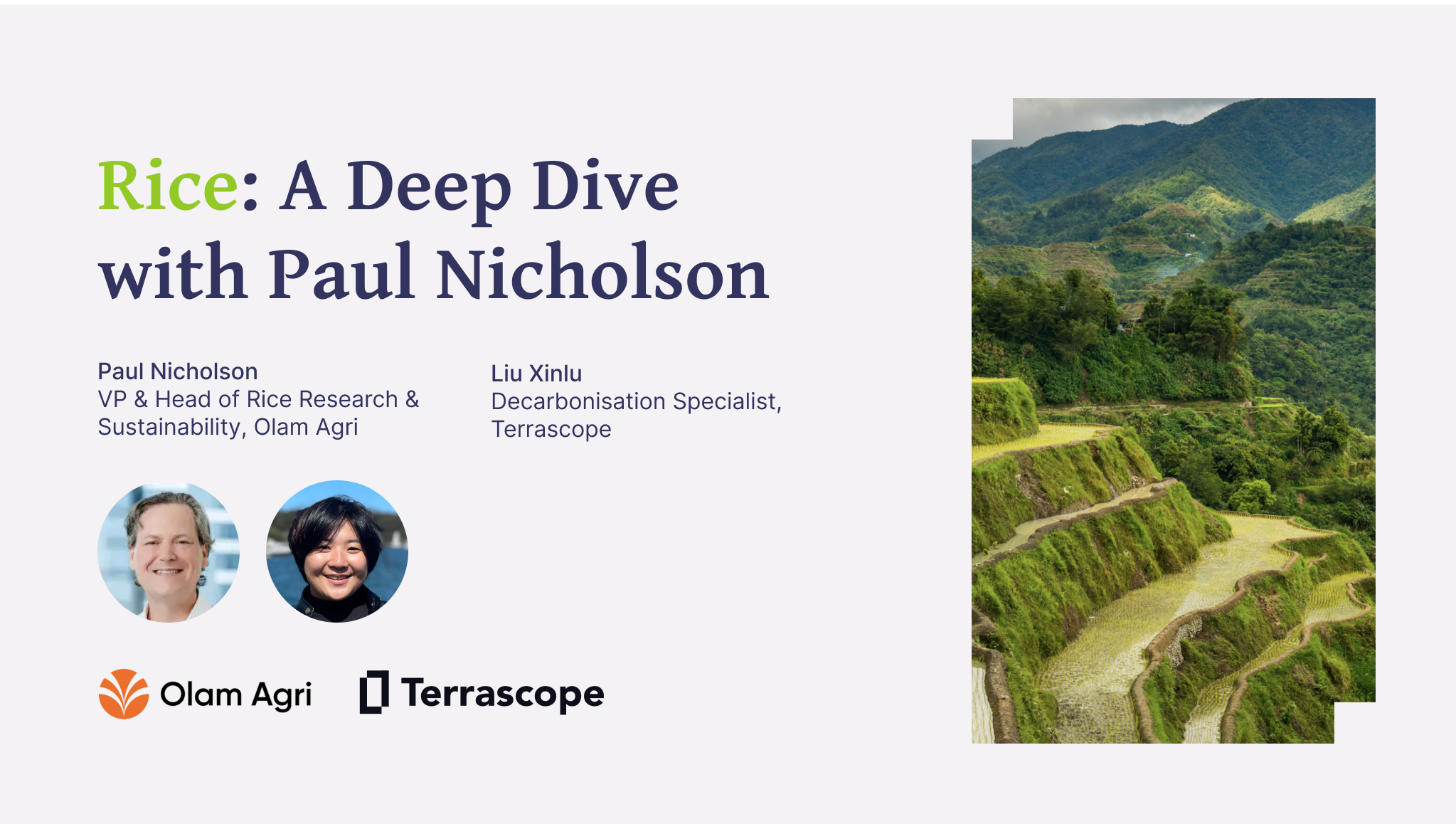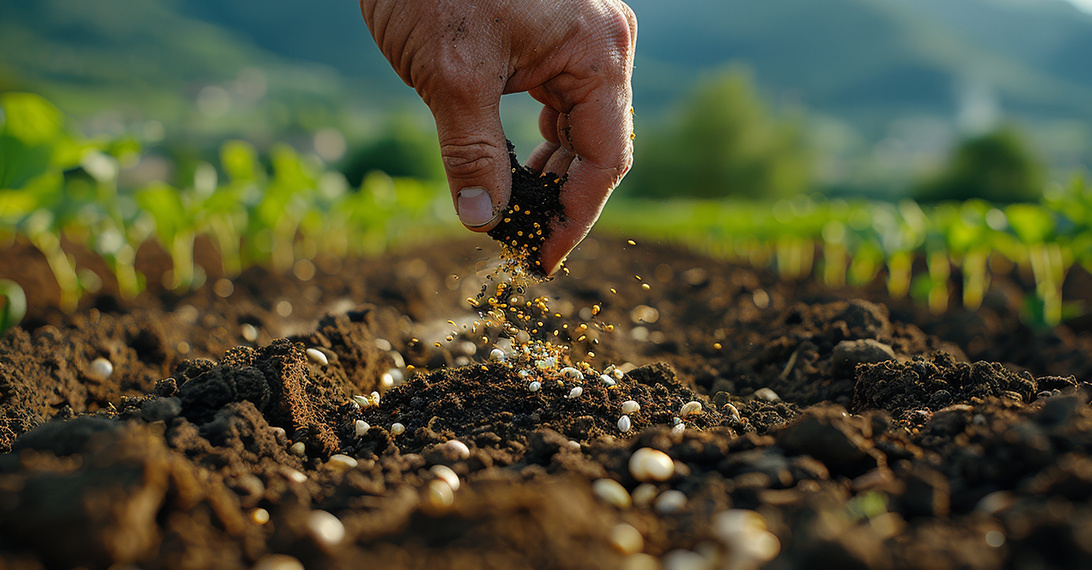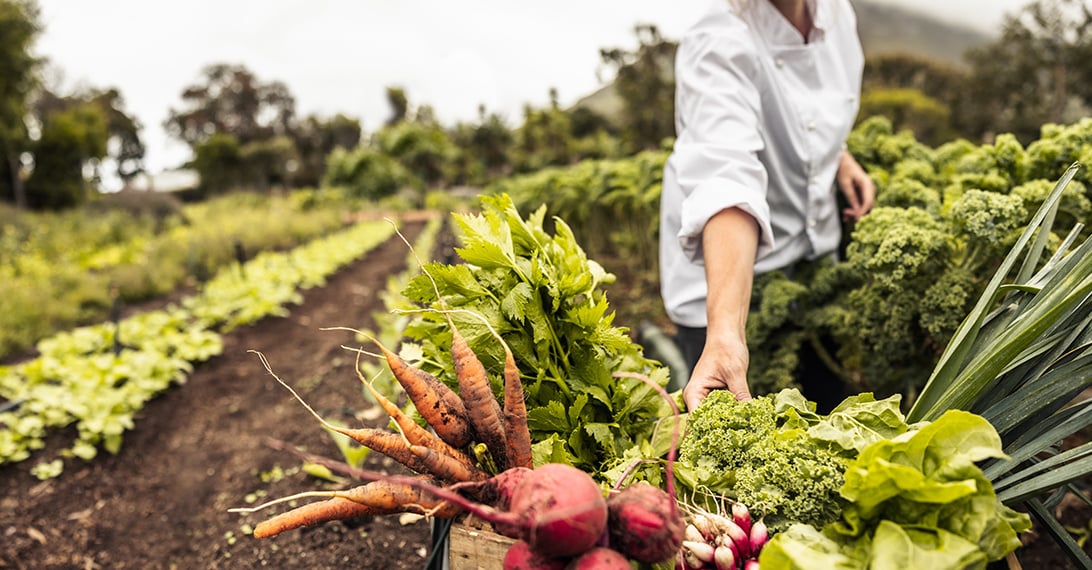The Land-Based Economy
We define the Land-Based Economy as any business activity directly or indirectly connected to the land. This includes industries such as agriculture, food and beverages, timber, paper, packaging, beauty, fashion, luxury, retail, hospitality, and even construction.
These industries share a common challenge: a significant amount of their carbon footprint stems from land-based emissions within their supply chains.
/homepage/fact-sheet/land-based-splash.png)
Our Trusted Partners












A Crucial Yet
Overlooked Challenge
The Land-Based Economy represents over a third of global greenhouse emissions and which is also hard to abate.
But despite its significance, decarbonization of land-based emissions currently receives much less consideration than in other sectors, such as energy and heavy industry.
The challenge is not only about emissions but also about feeding the world’s population and providing the natural materials the world needs, in a sustainable way that keeps the planet habitable for all.
The time is now!
Decarbonizing every stage of the Land value chain
Companies all along the value chain are facing increasing regulatory and commercial pressure to measure, disclose and act to reduce emissions. While barriers do exist, the impact of climate change on food production and on livelihoods is creating the political and commercial urgency for action.
Nitrous oxide has a global warming potential
273x
greater than carbon dioxide.
Agricultural Inputs
The manufacture and application of agricultural inputs such as fertilisers and agrochemicals is a major source of GHG emissions, specifically nitrous oxide. This is exacerbated by the prevalence of fertiliser overuse, especially in Asia
60%
of emissions in Agri-Food value chains occur upstream before goods have left the farm.
Growers & Producers
Upstream agricultural activities are land and emissions intensive, and less efficient than many of the industrial processes further down the value chain. Key hotspots include methane and nitrous oxide which are significant byproducts of land and livestock practices
80%
of a product’s carbon footprint arises from choices encountered in design & manufacturing.
Manufacturers & Brands
Ingredient processing, manufacturing and packaging all require significant energy and resources. But product R&D choices are the biggest lever to affect decarbonization. Likewise, the increasing availability of sustainable packaging options is a highly scalable opportunity to achieve emissions reductions.
Refrigeration is estimated to be responsible for
43%
of energy consumption by the retail sector.
Distributors & Retailers
Retail is the sector with highest proportion of emissions located within their supply chain. This necessitates supplier engagement to gather data and to implement initiatives. In addition, improving the efficiency of chilling systems is an operational lever to drive emission reductions and cost savings
Studies by the UN show food loss and waste to generate around
8%
of annual GHG emissions globally.
Food Services & Hospitality
Addressing food waste is key for restaurants and hotels to decarbonize their operations. Conversely, sourcing produce locally only makes a small difference as transportation of food accounts for less than 5% of raw ingredient emissions.
118
of 143 countries include land-based emissions reductions & removals in their Nationally Determined Contributions (NDCs).
Land Use Change
The alteration of natural land cover to other land uses such as agriculture or urban development, is a significant contributor to carbon emissions. The destruction of carbon sinks, such as forests, releases stored carbon in the plant material, and decreasing the land’s natural ability to store carbon.
Why are we focused on the Land-Based Economy?
It's a significant contributor to global emissions.
The Land-Based Economy represents over a third of global GHG emissions and over 40% of global methane emissions which is significant because methane has 28 times the global warming potential (GWP) of CO2.
It receives less attention despite being critical.
These are hard-to-abate sectors with over 80% of emissions being Scope 3. But despite its significance, decarbonization in agri-food currently receives much less consideration and investment than in other value chains, such as energy and materials.
There is a real problem around data transparency.
Over 50% of Land-Based Economy emissions are estimated to originate from Asia. But with highly fragmented supplier networks with millions of smallholder farmers, estates, agents and traders, traceability of emissions is a big challenge.
Increasing regulatory momentum.
The SBTi's FLAG guidance and the upcoming rollout of the GHG Protocol’s Land Sector and Removals Guidance creates a critical push for companies to increase their speed of action. Previously, many companies avoided measuring their land-based emissions or had inconsistent methodology.
Decarbonization is possible.
The cost of action could be lower than achieving an equivalent impact on the energy sector due to the relatively low capital expenditure of existing solutions. Reducing emissions can often be associated with removing cost, e.g. preventing the overuse of fertilizer reduces both emissions and cost.
The time to act is now.
Increasing numbers of large Agri-Food companies across the value chain have made decarbonization commitments, many of which have a target in 2030. This is catalyzing supplier networks to collect data and take action.
Bridging the Gap Between Big Food and Smallholders: A Focus on Rice
Lia Nicholson, Head of Sustainability at Terrascope comments in this op-ed in response to the dual challenge of food security and the...Latest articles and resources

Rice: A Deep Dive with Paul Nicholson, VP & Head of Rice Research and Sustainability at Olam Agri
Explore rice sustainability with Paul Nicholson, VP at Olam Agri, as he discusses the challenges and solutions in the rice value chain at T...
July 02, 2024

What Percentage of Emissions Come from Agriculture?
Explore what percentage of emissions come from agriculture. Learn about key sources & discover actionable strategies to mitigate climate im...
July 01, 2024

Understanding the Land-based Economy: Agricultural Greenhouse Gas Emissions 101
Explore the impact of agricultural greenhouse gas emissions. Learn about livestock emissions, soil management practices, and fossil fuel us...
May 30, 2024
Build impactful decarbonization programs, fit for the Land-Based Economy
Meet your Company, Product & Supply Chain emissions goals, all in one platform
